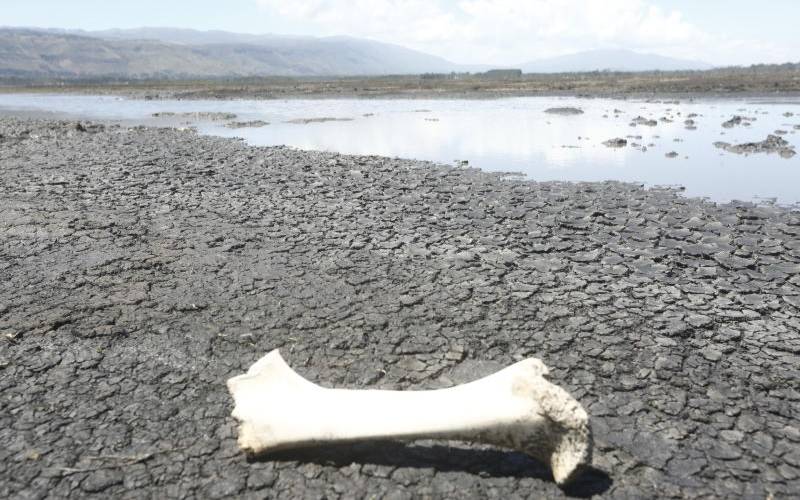×
The Standard e-Paper
Stay Informed, Even Offline

Except for small pools of muddy water interjecting the extensive mud cracks on the dry bed of Lake Ol’ Bolossat, it is near impossible to tell that the spot hosted hundreds of nests of grey crowned cranes.
Every year, there is less water and fewer nests, with extended mudflats.